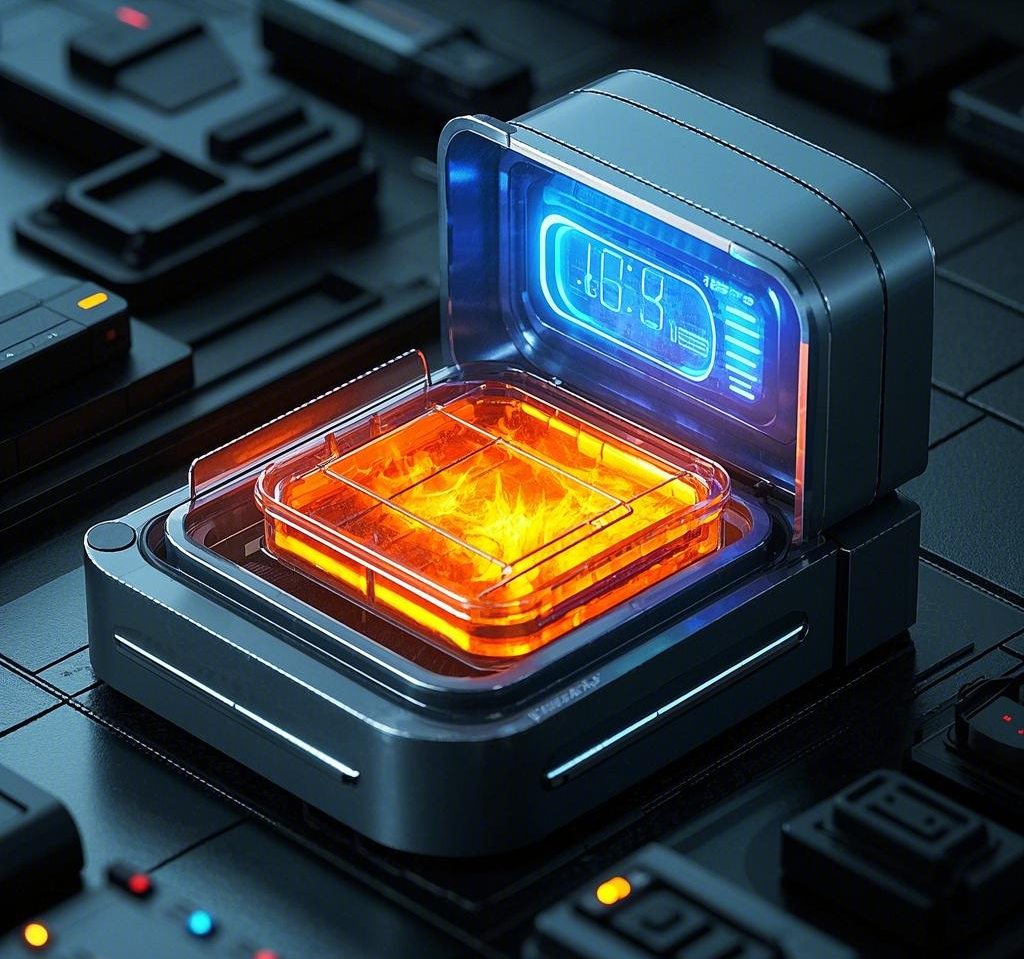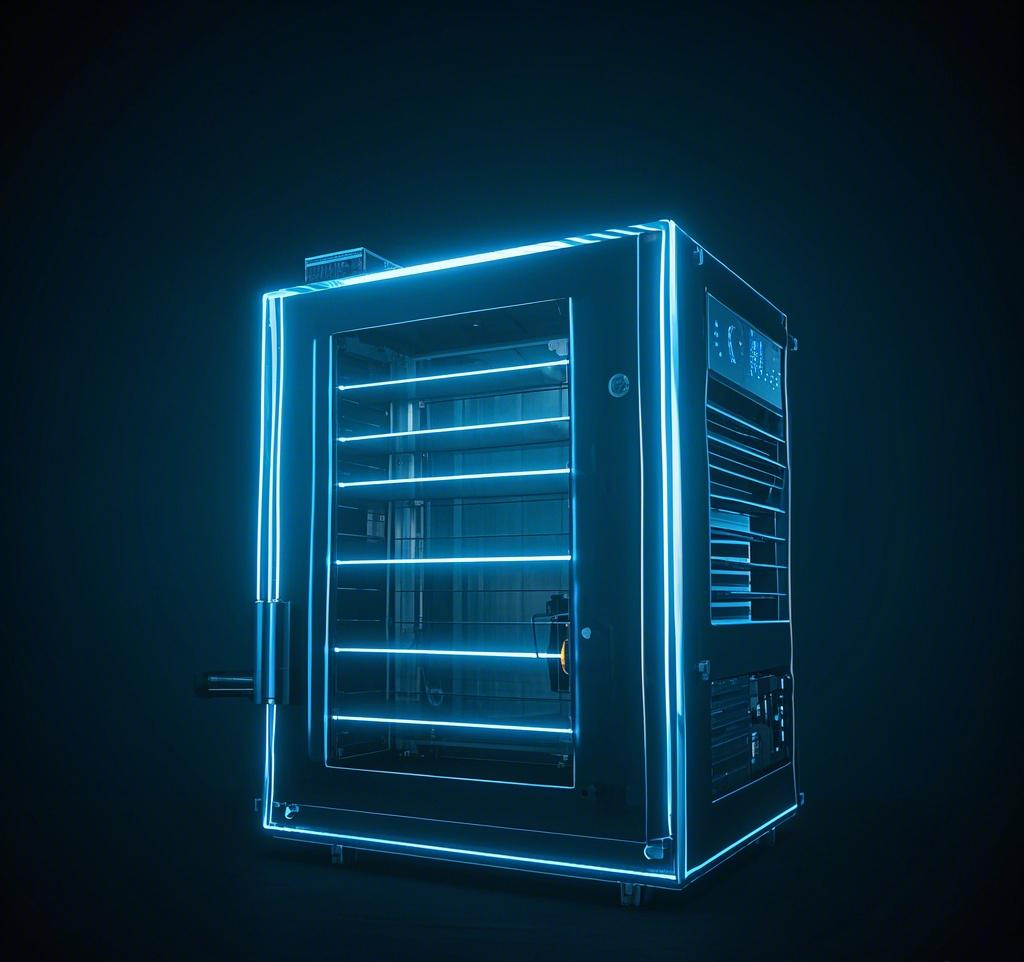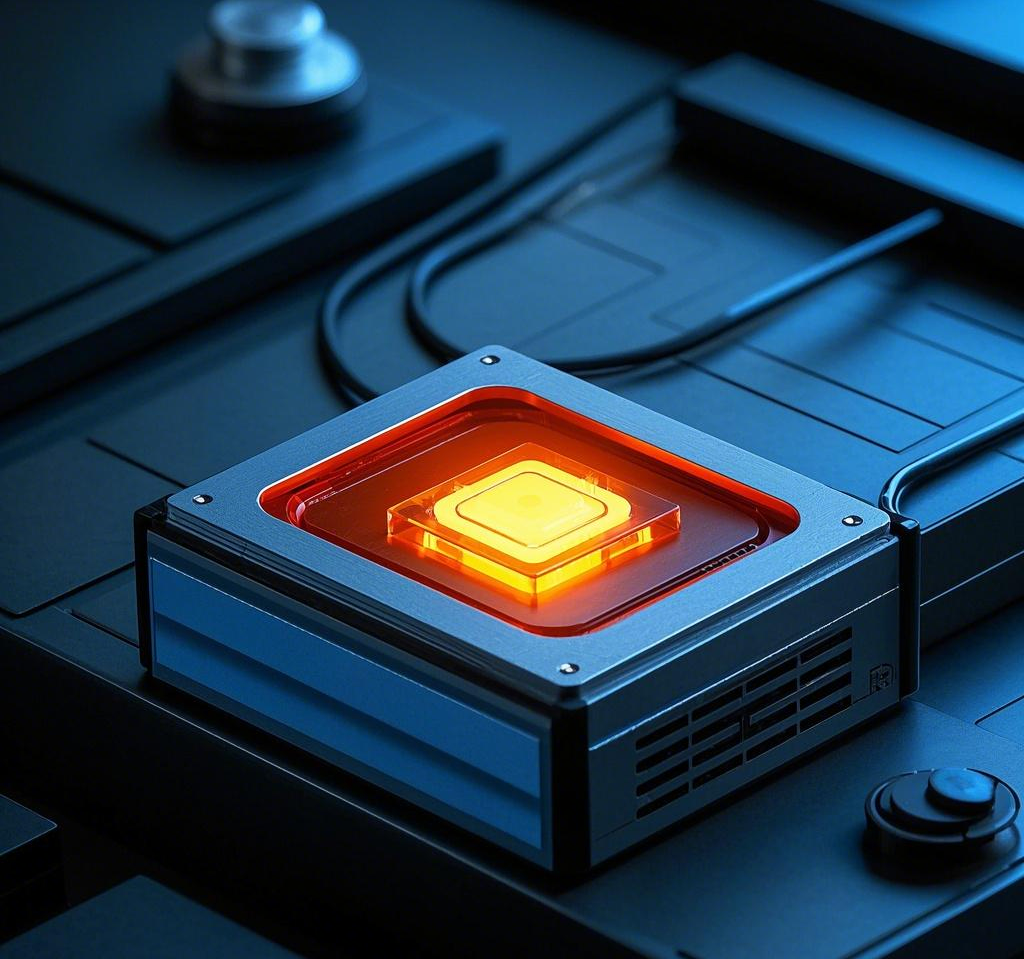Thermal Management Innovations in Modern PCB Design
Printed Circuit Boards (PCBs) are the backbone of modern electronics, enabling compact and efficient designs for devices ranging from smartphones to industrial machinery. However, as electronic components become smaller and more powerful, managing heat dissipation—commonly referred to as thermal management—has become a critical challenge. Inefficient thermal management can lead to reduced performance, shortened component lifespan, and even catastrophic failure. 
The Importance of Thermal Management in PCB Design
The rise of high-performance electronics has intensified the need for effective thermal management. As components like microprocessors and power transistors generate more heat in increasingly compact spaces, the risk of overheating escalates. According to a study by the IEEE, over 50% of electronic failures are attributed to poor heat dissipation¹. Without proper thermal management, excessive temperatures can degrade solder joints, cause delamination of PCB layers, and lead to thermal runaway in sensitive components.
To address these challenges, engineers are adopting innovative approaches to thermal management that go beyond traditional methods like adding heatsinks or fans. These advancements include new materials, optimized PCB layouts, and integration of thermal vias and heat pipes, all of which contribute to more efficient heat dissipation.

Advanced Materials for Enhanced Thermal Management
One of the most significant breakthroughs in thermal management for PCBs is the development of advanced materials with superior thermal conductivity. Traditional FR-4 substrates, while cost-effective and widely used, have relatively poor thermal conductivity (around 0.3 W/m·K). This limitation has driven the adoption of alternative materials such as metal-core PCBs (MCPCBs) and ceramic-based substrates.
Metal-Core PCBs (MCPCBs)
MCPCBs typically feature an aluminum or copper core that acts as a heat spreader, significantly improving thermal management. Aluminum, for instance, has a thermal conductivity of approximately 150 W/m·K, making it an excellent choice for high-power applications like LED lighting and automotive electronics. A study by the International Electronics Manufacturing Initiative (iNEMI) found that MCPCBs can reduce junction temperatures by up to 20% compared to traditional FR-4 boards².Material Thermal Conductivity (W/m·K) Common Applications FR-4 0.3 General-purpose PCBs Aluminum (MCPCB) 150 LED lighting, power supplies Copper (MCPCB) 400 High-power RF circuits Ceramic Substrates
Ceramic substrates like aluminum nitride (AlN) and alumina (Al₂O₃) are gaining traction in applications requiring extreme thermal management. AlN, for example, boasts a thermal conductivity of 170–230 W/m·K, making it ideal for high-frequency circuits and power electronics. However, ceramics are more expensive and brittle, limiting their use to niche applications.
Optimized PCB Layout Techniques for Thermal Management
Beyond materials, the layout of a PCB plays a pivotal role in effective thermal management. A well-designed layout ensures that heat is evenly distributed and efficiently dissipated. Here are some key techniques:
Thermal Vias
Thermal vias are small, plated-through holes filled with conductive material (usually copper) that transfer heat from one layer of the PCB to another. By placing thermal vias beneath heat-generating components, engineers can create a direct path for heat to reach a heatsink or a metal core. For example, in a multilayer PCB, thermal vias can reduce the temperature of a surface-mounted IC by up to 15°C³.💡 Pro Tip: Ensure thermal vias are filled with a thermally conductive epoxy to maximize heat transfer while avoiding voids that can trap heat.
Copper Pour and Plane Design
Increasing the copper area around heat-generating components can act as a heat spreader, improving thermal management. Solid copper pours or dedicated thermal planes on inner layers help distribute heat evenly across the board. In high-power designs, engineers often use thicker copper layers (e.g., 2 oz/ft² instead of the standard 1 oz/ft²) to enhance thermal conductivity.Component Placement
Strategic placement of components can significantly impact thermal management. High-power components should be spaced apart and placed near the edges of the board, where heat can dissipate more easily into the surrounding environment. Additionally, sensitive components like microcontrollers should be isolated from heat sources to prevent performance degradation.
Emerging Technologies in PCB Thermal Management
As the demand for compact, high-performance electronics grows, new technologies are emerging to address the challenges of thermal management. These innovations are particularly relevant for applications like 5G infrastructure, electric vehicles (EVs), and artificial intelligence (AI) hardware.
Embedded Heat Pipes and Vapor Chambers
Heat pipes and vapor chambers are being integrated into PCBs to provide highly efficient thermal management. A heat pipe consists of a sealed copper tube filled with a working fluid that evaporates at the heat source and condenses at a cooler region, transferring heat with minimal thermal resistance. Vapor chambers operate on a similar principle but offer a larger surface area for heat dissipation. These solutions are particularly effective in high-density designs where traditional cooling methods are insufficient.Thermally Conductive Dielectrics
New dielectric materials with enhanced thermal conductivity are being developed to improve thermal management in multilayer PCBs. For instance, some manufacturers have introduced dielectrics with thermal conductivities of 3–5 W/m·K, a significant improvement over traditional materials. These dielectrics can be used in conjunction with thermal vias to create a more efficient heat dissipation path.Technology Thermal Conductivity (W/m·K) Benefits Standard Dielectric 0.5–1 Cost-effective, widely used Advanced Dielectric 3–5 Improved thermal management Heat Pipe >10,000 (effective) High-efficiency heat transfer Active Cooling Integration
While passive cooling methods like heatsinks and thermal vias remain popular, active cooling solutions are gaining traction in high-performance applications. For example, miniature fans or thermoelectric coolers (TECs) can be integrated into PCB assemblies to provide localized cooling. Although active cooling increases power consumption and complexity, it can be a game-changer for applications requiring extreme thermal management.
Case Studies: Real-World Applications of Thermal Management
To illustrate the impact of advanced thermal management techniques, let’s explore two real-world applications.
- Automotive Electronics in Electric Vehicles (EVs)
Electric vehicles rely on power electronics for battery management, motor control, and charging systems. These systems generate significant heat, requiring robust thermal management solutions. In a recent design by a leading EV manufacturer, the use of MCPCBs combined with thermal vias reduced the operating temperature of an inverter module by 25%, extending its lifespan by an estimated 30%⁴. - 5G Base Stations
The rollout of 5G technology has introduced new thermal management challenges due to the high power density of RF components. A study by Nokia demonstrated that integrating vapor chambers into the PCBs of 5G base stations reduced hotspot temperatures by 40%, improving reliability and performance⁵.
Challenges and Future Directions
While significant progress has been made in thermal management for PCBs, several challenges remain. The cost of advanced materials like ceramics and high-conductivity dielectrics can be prohibitive for mass production. Additionally, integrating complex cooling solutions like heat pipes into compact designs requires careful consideration of space constraints and manufacturing feasibility.
Looking ahead, researchers are exploring nanotechnology-based solutions, such as graphene coatings and carbon nanotubes, which offer exceptional thermal conductivity (up to 5000 W/m·K for graphene). These materials could revolutionize thermal management in the coming years, enabling even smaller and more powerful electronic devices.

Effective thermal management is essential for the reliability and performance of modern PCBs. By leveraging advanced materials, optimized layouts, and emerging technologies, engineers can address the challenges of heat dissipation in high-performance electronics. As the industry continues to evolve, ongoing research and innovation in thermal management will play a critical role in shaping the future of PCB design. Whether you’re designing a consumer gadget or an industrial system, prioritizing thermal management ensures that your product can withstand the heat—literally and figuratively.
Notes
¹ IEEE Transactions on Reliability: Study on electronic failure rates due to thermal issues.
² iNEMI Report: Comparative analysis of MCPCBs vs. FR-4 in thermal performance.
³ Journal of Electronics Cooling: Impact of thermal vias on IC temperature reduction.
⁴ SAE International: Case study on thermal management in EV power electronics.
⁵ Nokia Whitepaper: Thermal management strategies for 5G infrastructure.
